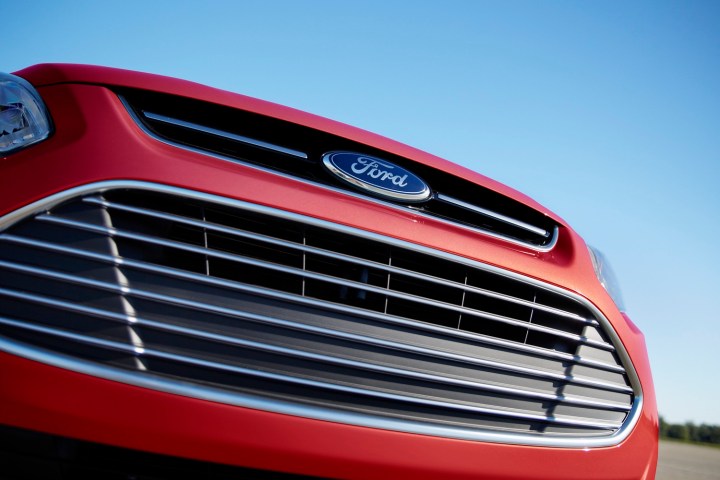
Retaining jobs in the U.S. is possible if operating costs are kept in check, Fields said in an interview with Bloomberg. He explained Ford advocates for currency manipulation rules that ensure free and fair trade, tax reform, and safety guidelines for autonomous vehicles. The executive also added he plans on asking Trump to make looming fuel economy and emissions standards more lenient.
Notably, Fields blasted the recent regulations that force automakers to sell a certain number of electrified cars. He pointed out that the segment is still small even though massive investments have been made to bring electrified cars to the market, and to build the infrastructure required to keep their battery packs topped up.
“In 2008, there were 12 electrified vehicles offered in the U.S. market and it represented 2.3 percent of the industry. Fast forward to 2016, there’s 55 models, and year to date it’s 2.8 percent,” he affirmed.
Fiat-Chrysler boss Sergio Marchionne famously echoed Fields’ sentiments two years ago when he lamented the group lost $14,000 on every electric 500e it sold. He called it a compliance car built only to satisfy the capricious demands of California regulators, and he flatly urged motorists not to buy it.
Even if Trump’s policies are favorable, Ford will move forward with its plans to shift Focus and C-Max production from Michigan to a new factory in Mexico in 2019, according to Green Car Reports. Ford has pledged the plant will stay open and promised no jobs will be eliminated. And, the company remains on track to introduce an all-electric model tentatively called Model E in 2019.
Trump hasn’t responded to Fields’ comments.
Editors' Recommendations
- iPhone 13 and Z Flip 3 keep Apple and Samsung sales strong in U.S. and Europe
- Trump reportedly still wants U.S. government to get paid in proposed TikTok sale
- TikTok to challenge Trump’s order to ban U.S. transactions
- Trump gives ByteDance 90 days to sell U.S. assets of TikTok
- Trump says TikTok must sell U.S. operations by September 15




